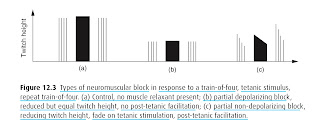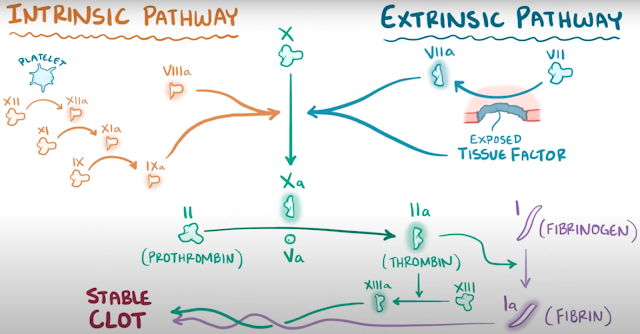Muscle pains Especially in patient who is ambulant soon after surgery, such as the day-case patient. Caused by the initial fasciculations, are more common in young, healthy patients with a large muscle mass. Occur in unusual sites, such as the diaphragm and between the scapulae, and are not relieved easily by conventional analgesics. The incidence and severity may be reduced by the use of a small dose of a non- depolarising NMBA given immediately before administration of suxamethonium (e.g. atracurium 0.05 mg/kg). However, this technique, termed precurarisation or pretreatment, reduces the potency of suxamethonium, necessitating the administration of a larger dose to produce the same effect. Increased intraocular pressure Caused by the initial contraction of the external ocular muscles and internal ocular muscles after administration of suxamethonium. It is not reduced by precurarisation. The effect lasts for as long as the neuromuscular block Concern has been

